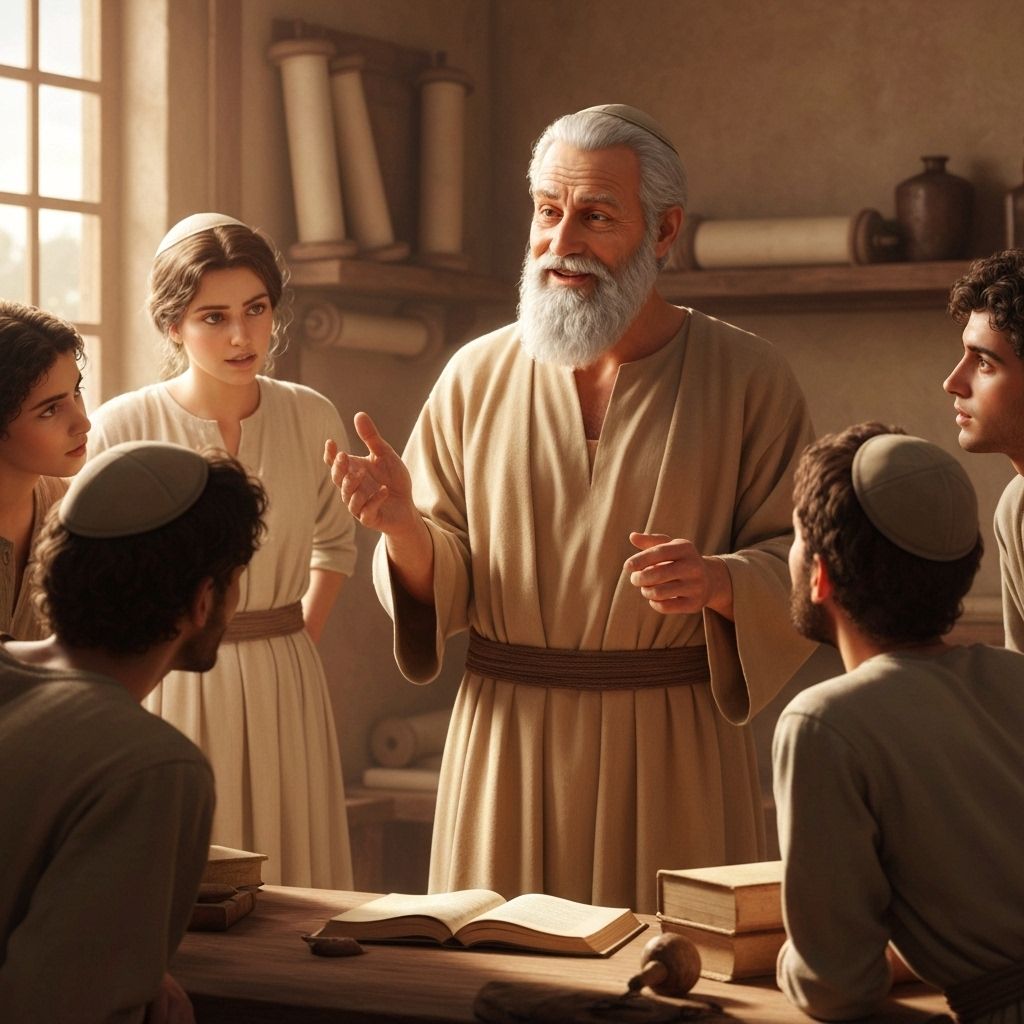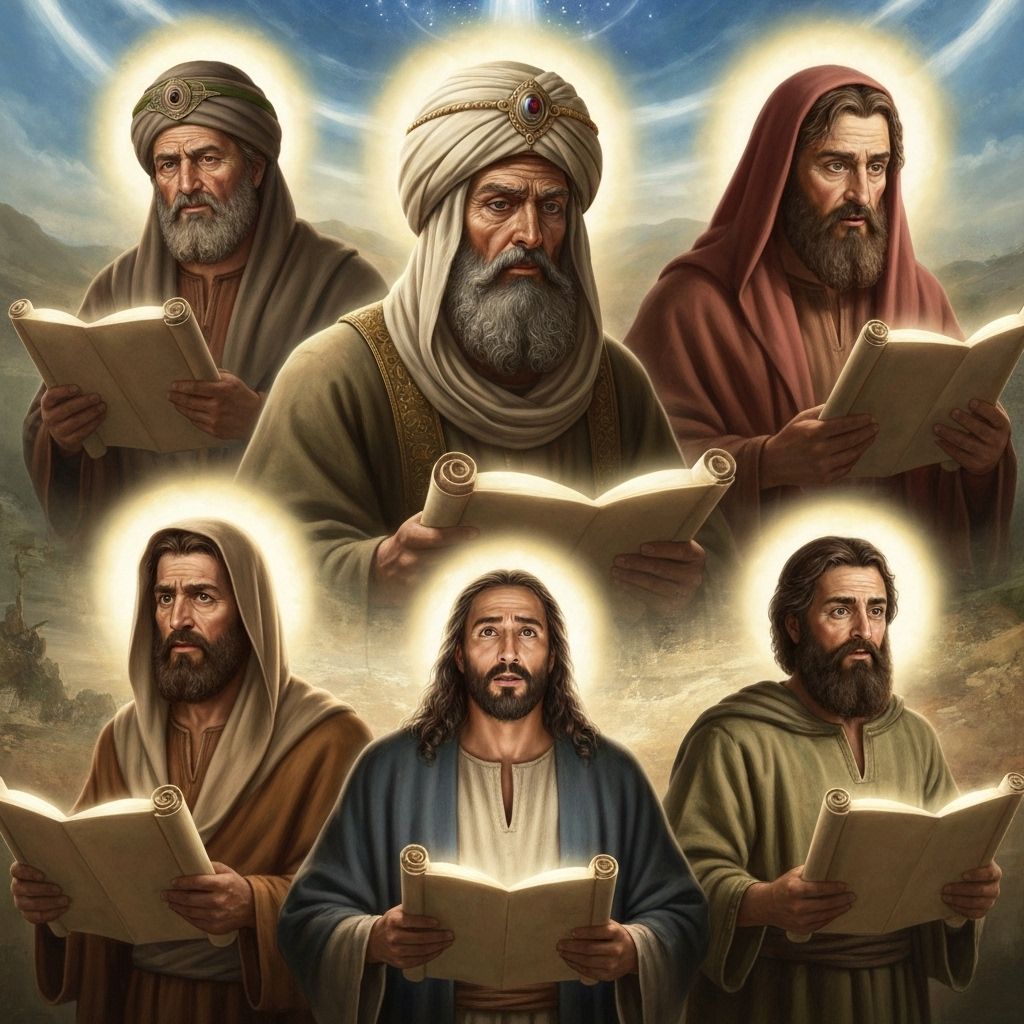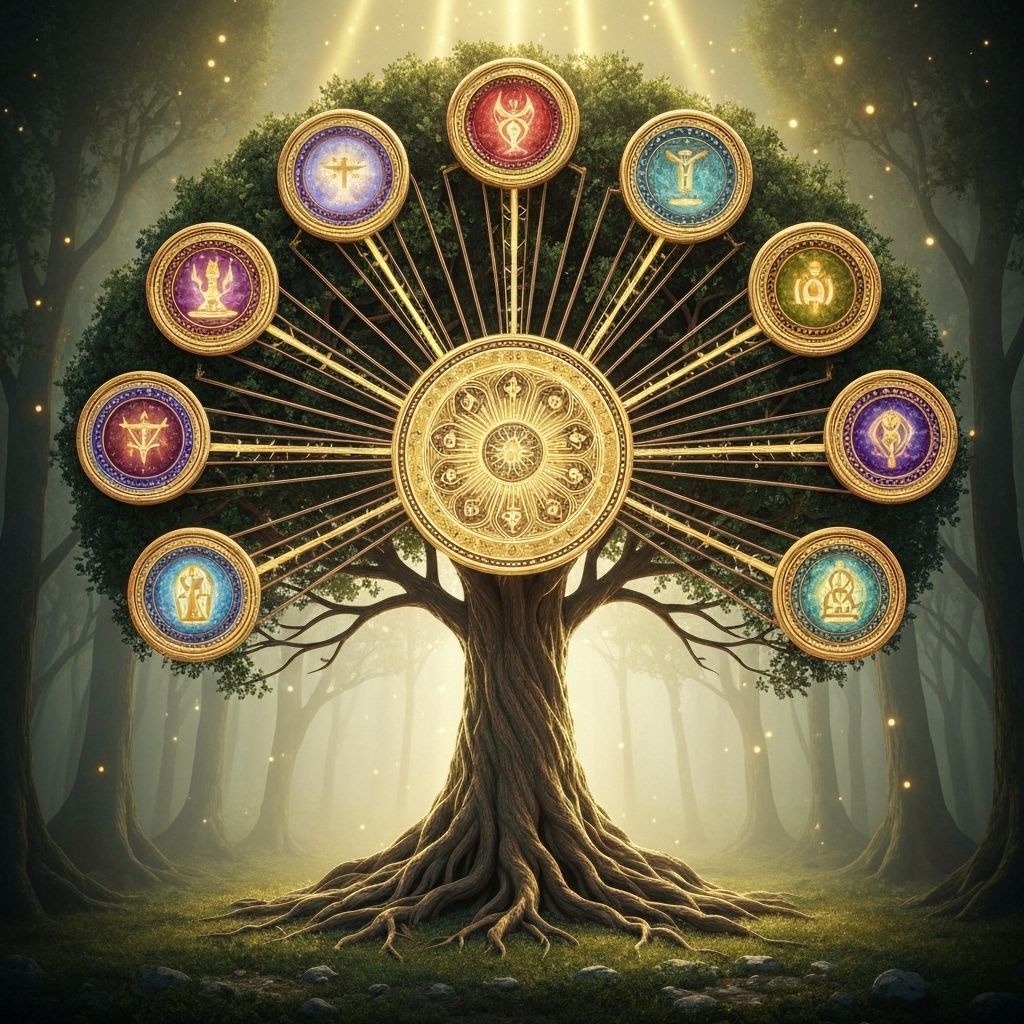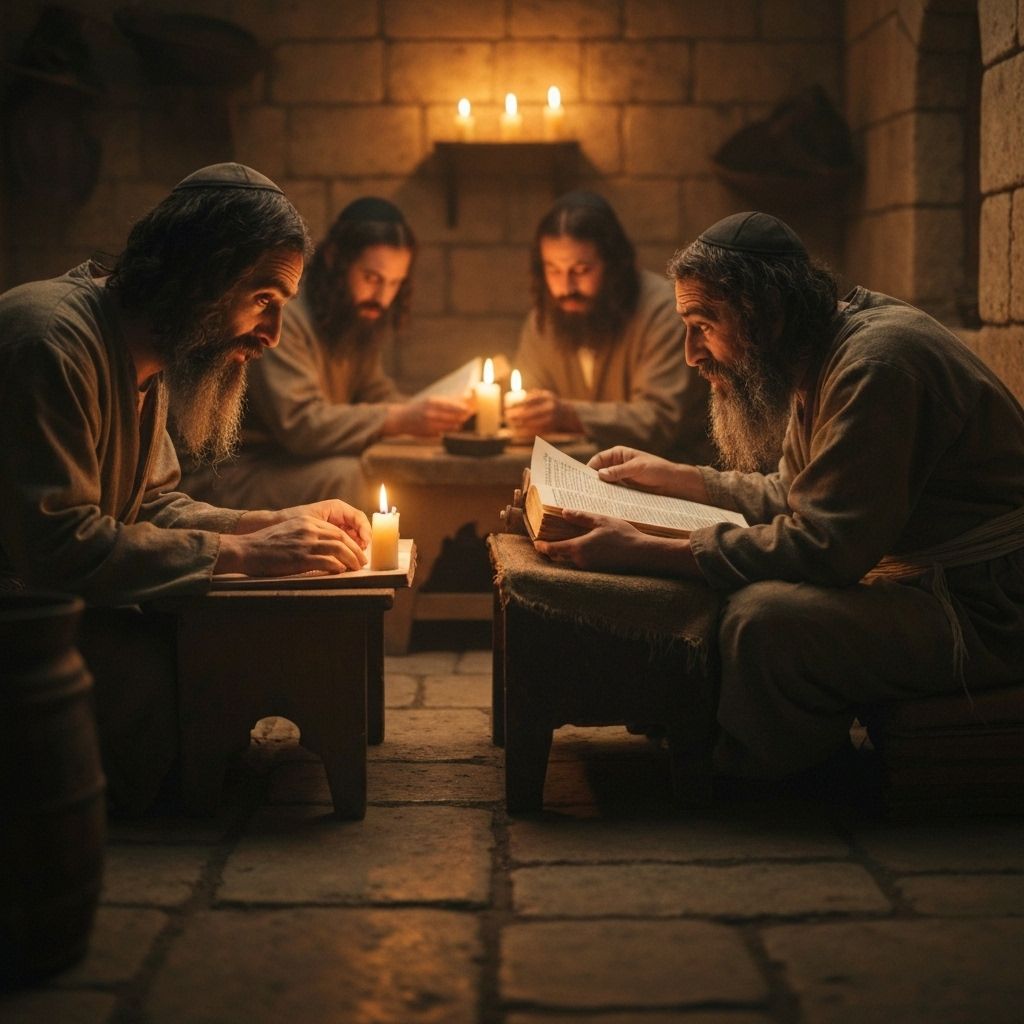3-Minute Summary
The Words of the Torah Explained with Help from Rashi and Ramban
Rashi (1040-1105) was a medieval French rabbi whose commentary on the Torah and Talmud is considered essential reading. His explanations focus on the plain meaning of the text and are known for their clarity and accessibility.
Ramban (1194-1270) was a Spanish rabbi, physician, and philosopher who provided deeper mystical and philosophical insights into the Torah, often building upon Rashi's work while adding his own profound interpretations.
The parsha opens with Hashem's reassurance to Moses after his initial unsuccessful encounter with Pharaoh. Hashem emphasizes that He is aware of the people's suffering and will act decisively to redeem them, establishing the principle that divine promises are reliable even when human efforts seem to fail.
Hashem's self-revelation as 'Hashem' (the name of mercy) rather than 'El Shaddai' (the name of limitation) to the patriarchs teaches about progressive divine revelation. The patriarchs experienced Hashem's power within natural limitations, but Moses and the Israelites will experience unlimited divine intervention in history.
Moses' renewed reluctance stems from his previous failure and his speech impediment. Hashem addresses this by appointing Aaron as his spokesperson, teaching that leadership requires recognizing one's limitations and working with complementary partners who can compensate for those weaknesses.
The genealogy of Moses and Aaron establishes their Levitical lineage and their connection to the covenant promises. This emphasis on family continuity shows that divine missions are entrusted to those who are part of the larger covenant community, not just individuals with personal charisma.
Pharaoh's response to Moses and Aaron's initial demand to 'let My people go' is contemptuous and dismissive. His question 'Who is Hashem?' reveals both his ignorance of divine reality and his arrogance in believing himself to be the ultimate authority in his domain.
The staff-turned-serpent miracle demonstrates divine power over Egyptian magic and religion. Pharaoh's magicians can replicate this feat initially, but their ability fails with subsequent plagues, showing that human power has limits while divine power is unlimited.
The plagues follow a pattern of warning, execution, and Pharaoh's hardening heart. This progression shows divine patience—Hashem gives Pharaoh multiple opportunities to repent and avoid destruction, teaching us about the nature of divine justice as both merciful and inevitable.
Each plague targets a different aspect of Egyptian society and religion: the Nile (source of life), frogs (fertility symbols), lice (cleanliness), wild animals (protection), pestilence (livestock), boils (health), and hail (agriculture). This systematic dismantling of Egyptian power demonstrates that no aspect of human civilization is beyond divine judgment.
Pharaoh's magicians recognize the divine source of the plagues after the lice, declaring 'This is the finger of Hashem.' This admission creates a moment of potential repentance, but Pharaoh's heart remains hardened, showing that intellectual recognition of divine power is not the same as moral submission.
The distinction between the plagues affecting Egyptians and sparing Israelites demonstrates divine precision and protection. Hashem is not just powerful—He is also just, distinguishing between the oppressors and the oppressed, between those who deserve judgment and those who deserve mercy.
Pharaoh's repeated promises to let the people go, followed by his reneging, reveals the psychology of oppression. When confronted with divine power, oppressors may make concessions, but without genuine change of heart, they will revert to their old patterns once the pressure is temporarily relieved.
The parsha concludes with the seventh plague of hail, the most destructive yet. Hashem warns the Egyptians to bring their livestock and servants indoors, showing divine mercy even in the midst of judgment—Hashem distinguishes between those who heed the warning and those who don't.








